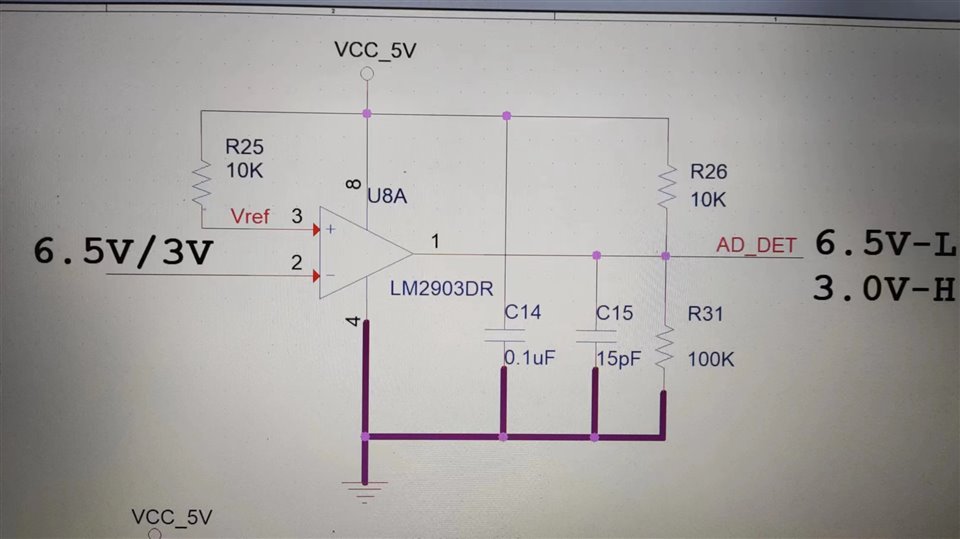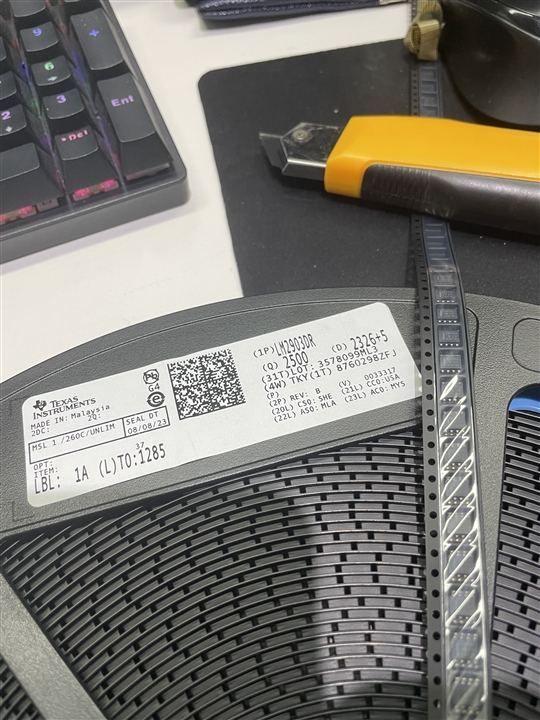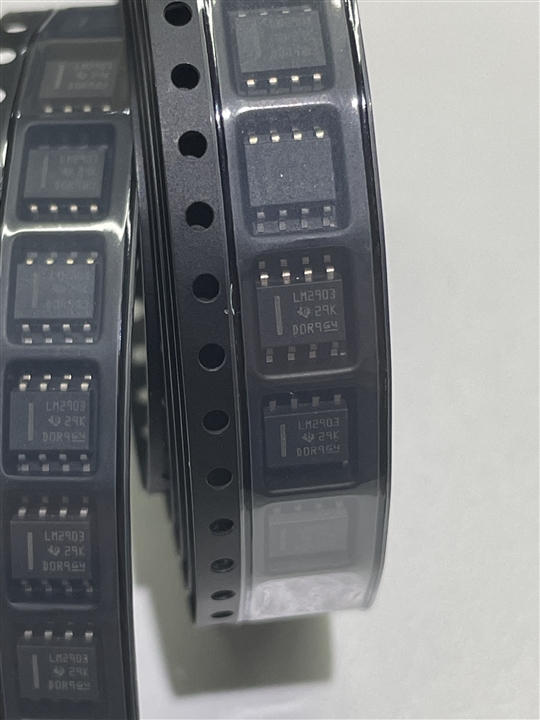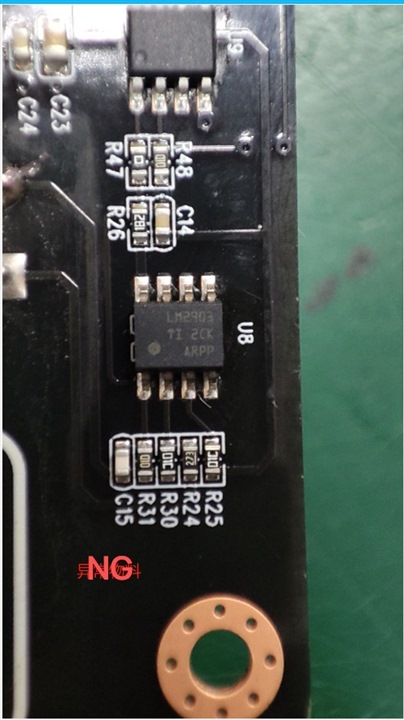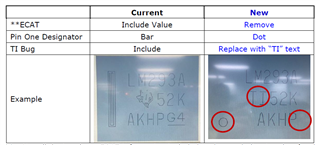Other Parts Discussed in Thread: LM393LV, , LM339, TLV3402
Hi
There are two versions of marking, old marking is with printing, new version is without printing, the same use environment, without printing parts: no matter how the sampling pin is changed, the pin is always output high level without change. May I ask whether there is any difference in the function of this two versions of marking
